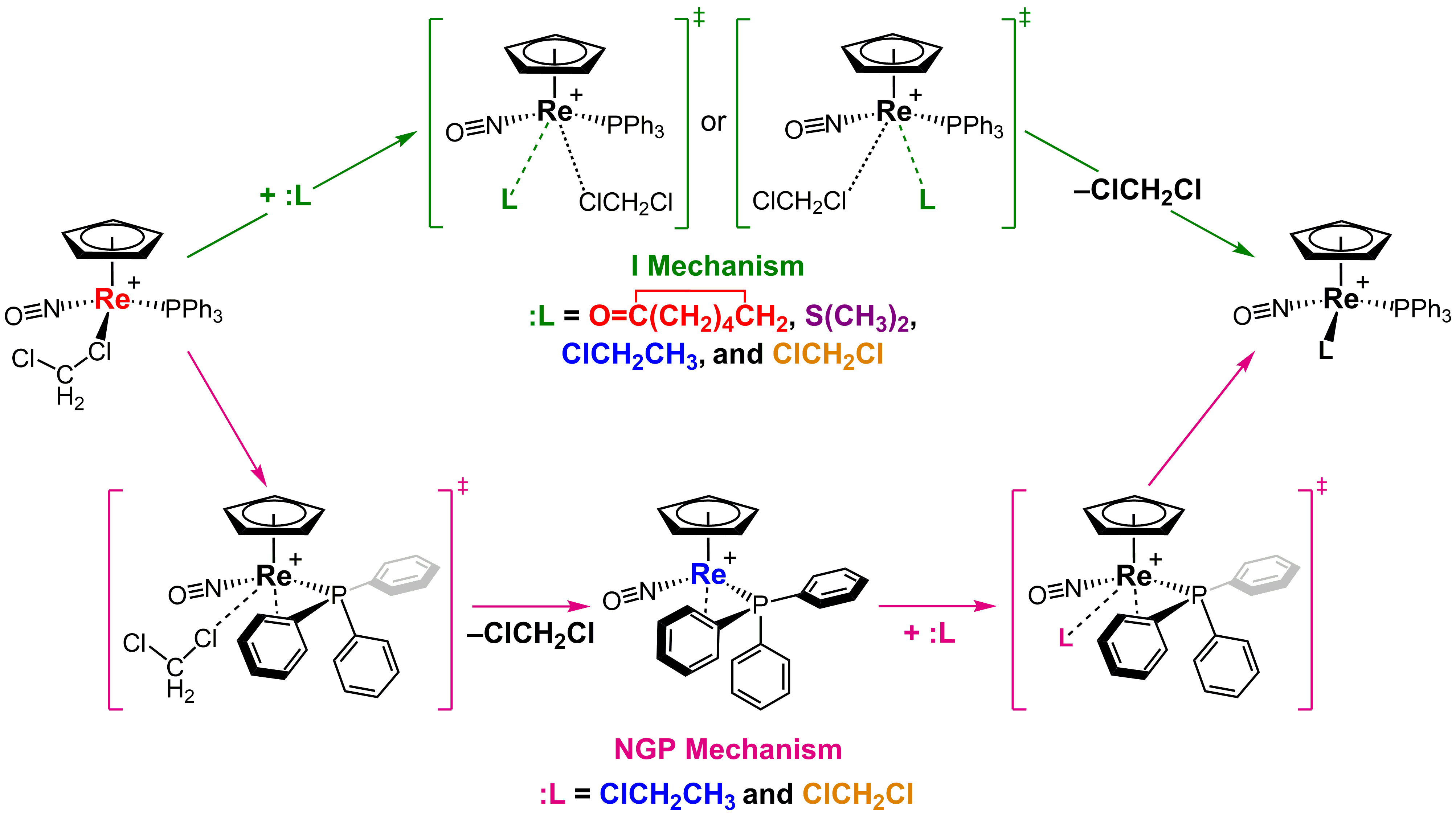Error loading player: No playable sources found
3553887
Theoretical investigation of dichloromethane ligand substitution in [(η5-C5H5)Re(NO)(PPh3)(ClCH2Cl)]+, a functional equivalent of a chiral Lewis acid
Date
April 15, 2021
Related Products
COMP Poster Session:
: [COMP] Division of Computers in Chemistry
Synthesis and characterization of platinum molecular squares comprised of Pt(II) corners and butadiynediyl linkers
The title complexes [(R2C(CH2PPh2)2)Pt(C≡C)2]4 (R = Me, Et, n-Bu; 44-88% yield) are prepared from reacting dichloride corners (R2C(CH2PPh2)2)PtCl2 with butadiynediyl corners _cis_-(R2C(CH2PPh2)2)Pt((C≡C)2H)2 in a 1:1 ratio under standard Sonogashira conditions…
Computational investigations of dichloromethane ligand substitution in the enantiopure cation [(η5-C5H5)Re(NO)(PPh3)(ClCH2Cl)]+
The rhenium complex [(_η_5-C5H5)Re(NO)(PPh3)(ClCH2Cl)]+ BF4– (1+ BF4–) acts as a functional equivalent of the chiral Lewis acid [(_η_5-C5H5)Re(NO)(PPh3)]+…
Steric models and computations to investigate gearing in diiron complexes featuring interactive Fe(CO)3 rotators
Reactions of (4-benzylideneacetone)Fe(CO)3 complexes and _α_,_ω_-diphosphines Ar2P(CH2)_n_PAr2 afford diiron complexes shown in FIGURE 1 carrying different methylene linker bridges (_n_), and forming complexes of varying inter(iron)atomic distances…



